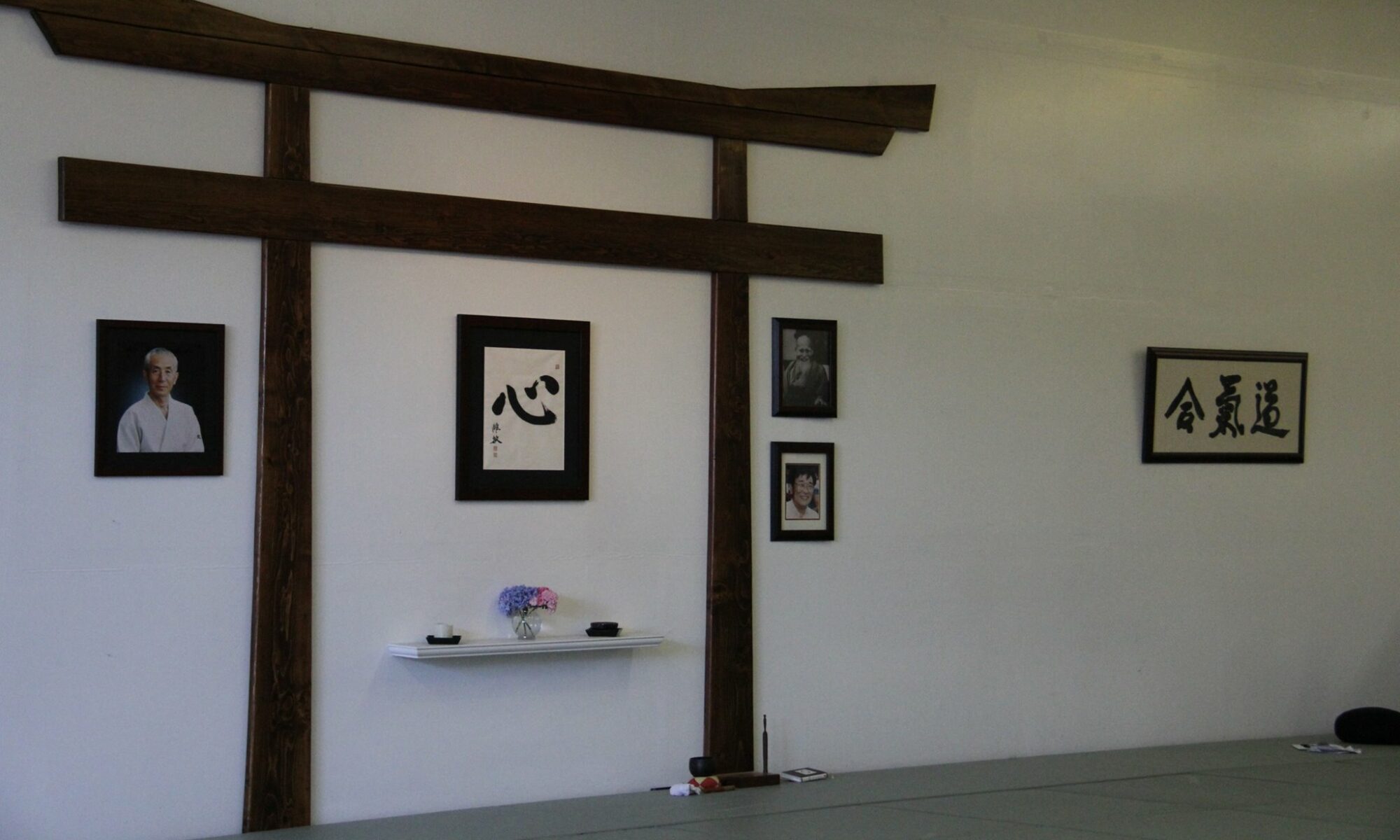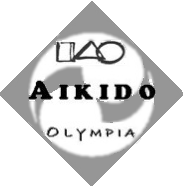Funkiness!
For those who haven’t had the opportunity to join us on Thursday mornings at 5:30, there is something special about the smell of our dojo in the morning after a vigorous summertime Wednesday evening double feature. And by special, I mean funky!
Harmony can take many forms and sometimes it takes the form of a clean gi. Among martial artists, cleaning methods are a mix of voodoo and chemistry. If you search the internet you’ll find suggestions ranging from “only dry your gi under moonlight” to “bleach it till it glows”.
A middle of the road method that many aikidoka recommend is to first soak your gi in warm water with some Borax or Oxyclean. I have a “gi bucket” (a plastic 3 gallon bucket I picked up at Oly Hardware a few years ago). Fill it up with enough water that your gi can be covered with water and mix in the detergent. The sooner after using your gi that you can start the soaking the better. Use your judgement about the soaking but soaking it longer than overnight is probably not useful.
After you feel that it’s soaked long enough, run it through a sturdy wash cycle using your regular laundry detergent. Once it’s washed, air drying it is the best approach. This avoids shrinking, saves energy, and if it’s sunny out can add some ultraviolet light to reduce some of the bacteria that create the questionable gi funkiness described above.

